James Walsh
A Foundation Model for the Solar Dynamics Observatory
Oct 03, 2024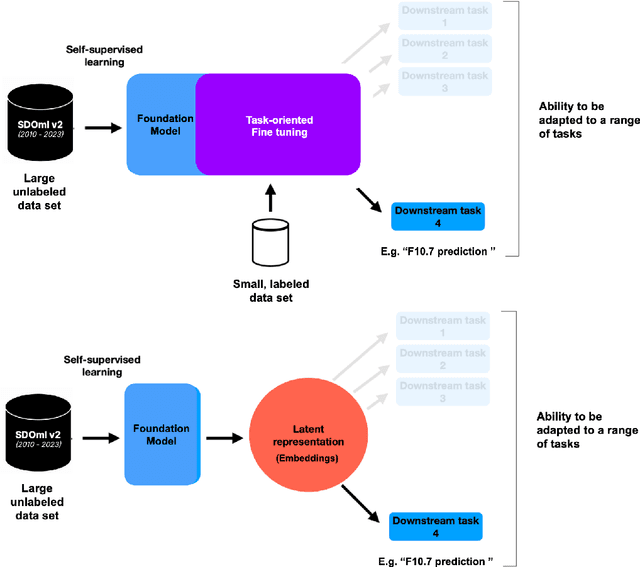

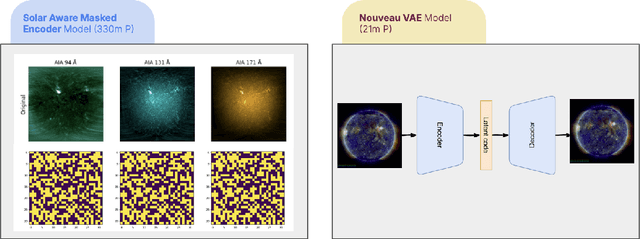
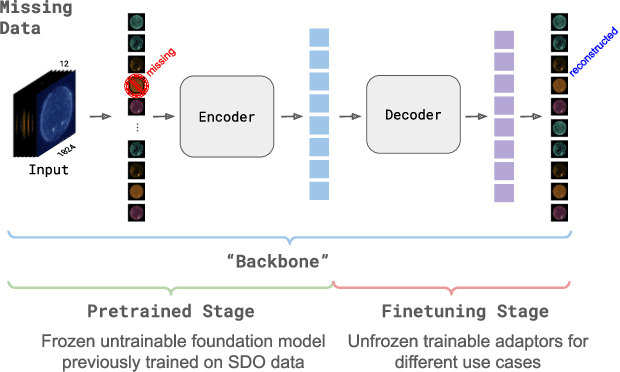
Abstract:SDO-FM is a foundation model using data from NASA's Solar Dynamics Observatory (SDO) spacecraft; integrating three separate instruments to encapsulate the Sun's complex physical interactions into a multi-modal embedding space. This model can be used to streamline scientific investigations involving SDO by making the enormous datasets more computationally accessible for heliophysics research and enable investigations that require instrument fusion. We discuss four key components: an ingestion pipeline to create machine learning ready datasets, the model architecture and training approach, resultant embeddings and fine-tunable models, and finally downstream fine-tuned applications. A key component of this effort has been to include subject matter specialists at each stage of development; reviewing the scientific value and providing guidance for model architecture, dataset, and training paradigm decisions. This paper marks release of our pretrained models and embedding datasets, available to the community on Hugging Face and sdofm.org.
An Expectation-Based Network Scan Statistic for a COVID-19 Early Warning System
Dec 08, 2020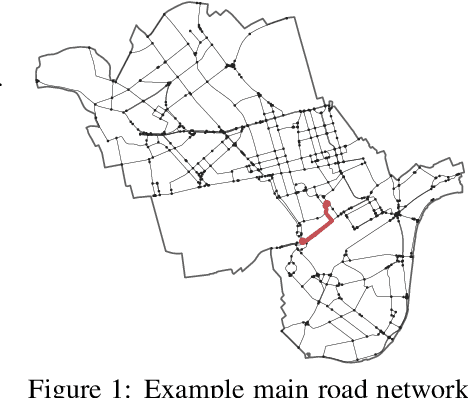
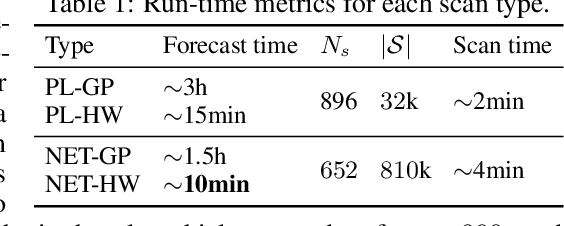
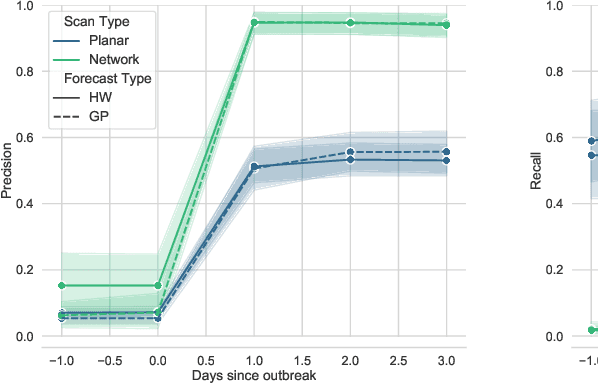
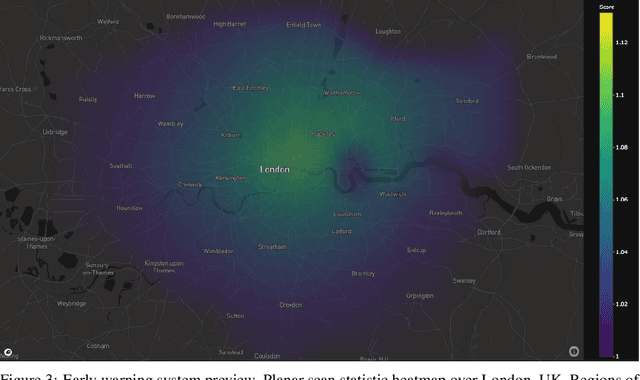
Abstract:One of the Greater London Authority's (GLA) response to the COVID-19 pandemic brings together multiple large-scale and heterogeneous datasets capturing mobility, transportation and traffic activity over the city of London to better understand 'busyness' and enable targeted interventions and effective policy-making. As part of Project Odysseus we describe an early-warning system and introduce an expectation-based scan statistic for networks to help the GLA and Transport for London, understand the extent to which populations are following government COVID-19 guidelines. We explicitly treat the case of geographically fixed time-series data located on a (road) network and primarily focus on monitoring the dynamics across large regions of the capital. Additionally, we also focus on the detection and reporting of significant spatio-temporal regions. Our approach is extending the Network Based Scan Statistic (NBSS) by making it expectation-based (EBP) and by using stochastic processes for time-series forecasting, which enables us to quantify metric uncertainty in both the EBP and NBSS frameworks. We introduce a variant of the metric used in the EBP model which focuses on identifying space-time regions in which activity is quieter than expected.
Near Real-Time Social Distancing in London
Dec 07, 2020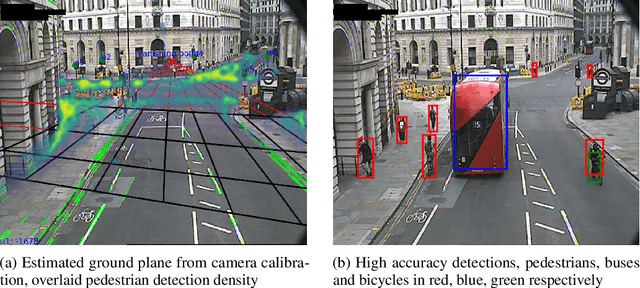

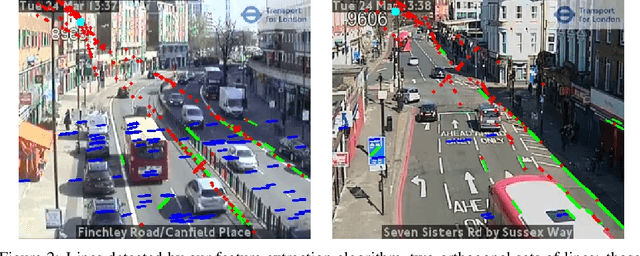
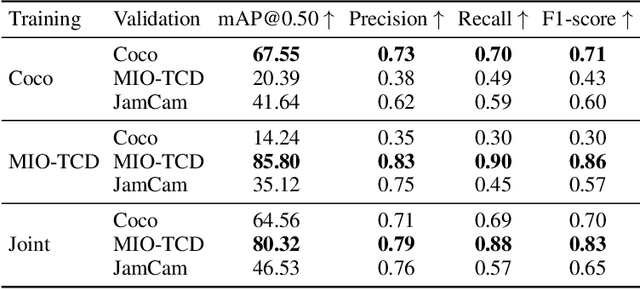
Abstract:During the COVID-19 pandemic, policy makers at the Greater London Authority, the regional governance body of London, UK, are reliant upon prompt and accurate data sources. Large well-defined heterogeneous compositions of activity throughout the city are sometimes difficult to acquire, yet are a necessity in order to learn 'busyness' and consequently make safe policy decisions. One component of our project within this space is to utilise existing infrastructure to estimate social distancing adherence by the general public. Our method enables near immediate sampling and contextualisation of activity and physical distancing on the streets of London via live traffic camera feeds. We introduce a framework for inspecting and improving upon existing methods, whilst also describing its active deployment on over 900 real-time feeds.
 Add to Chrome
Add to Chrome Add to Firefox
Add to Firefox Add to Edge
Add to Edge